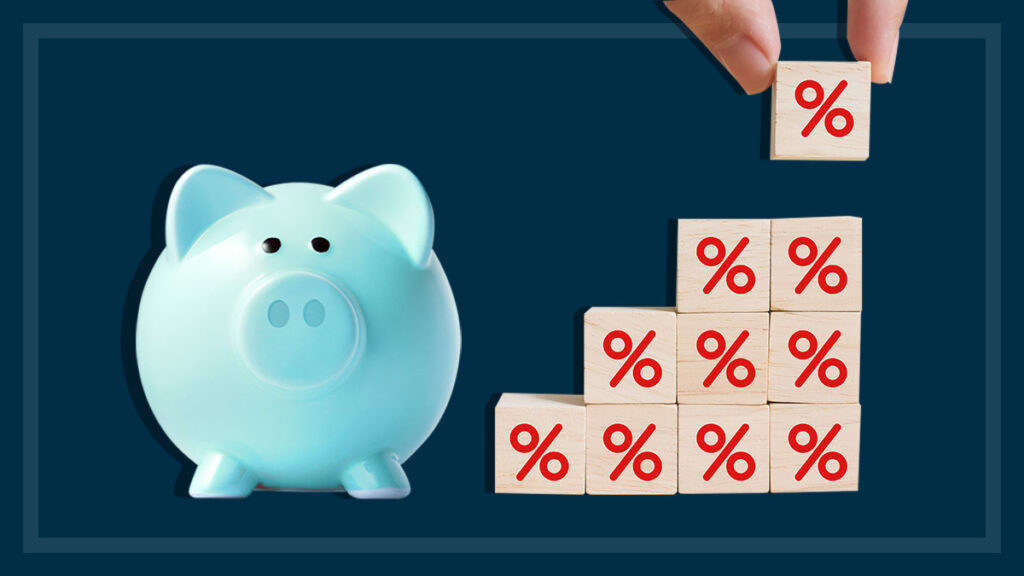Australia, known for its stunning landscapes and diverse ecosystems, has evolved into one of the most prosperous nations in the world. With a population of over 25 million, Australia boasts a strong economy characterized by a robust services sector, rich natural resources, and a high standard of living. The country’s banking system is well-regulated and resilient, comprising a mix of domestic and international banks. This financial landscape plays a crucial role in shaping economic activities, particularly in the housing market, which has become a focal point of both investment and public interest.

In recent years, Australian housing has gained notoriety for its soaring prices, driven by factors such as population growth, low-interest rates, and high demand in metropolitan areas. The interplay between banking rates set by the Reserve Bank of Australia (RBA) and the housing market has garnered significant attention from economists, policymakers, and prospective homebuyers. Understanding this relationship is essential for various stakeholders, including investors looking to navigate the real estate landscape and first-time buyers grappling with affordability issues.
The Role of Banking Rates in Housing Affordability
The banking rates, particularly the cash rate set by the RBA, play a pivotal role in determining the cost of borrowing. When the RBA lowers the cash rate, it typically leads to reduced interest rates on home loans, making it cheaper for consumers to borrow money for purchasing homes. This decrease in borrowing costs often stimulates demand for housing, as more individuals are able to enter the market. Conversely, when the RBA raises rates, borrowing becomes more expensive, which can dampen demand and cool off the housing market.
Over the past decade, Australia has experienced a period of historically low-interest rates, especially following the global financial crisis of 2008 and more recently during the COVID-19 pandemic. These low rates have fueled a housing boom, with many Australians taking advantage of affordable borrowing to buy homes and investment properties. The surge in demand has led to increased property prices in major cities, raising concerns about housing affordability and the potential for a housing bubble.
Housing Market Dynamics
In the Australian housing market, factors such as supply and demand dynamics, demographic trends, and government policies also significantly influence prices and trends. For instance, the rapid population growth in cities like Sydney and Melbourne has intensified the demand for housing, often outpacing the supply. This imbalance has contributed to rising property prices, even as banking rates fluctuate.
Government policies, such as first-home buyer grants and incentives for property investors, also play a crucial role in shaping the housing market. These initiatives often create additional demand for properties, further exacerbating the effects of low-interest rates. As more buyers enter the market, the competition for available housing increases, pushing prices upward.
The Impact of Inflation on Banking Rates
Inflation is another critical factor that influences banking rates in Australia. When inflation rises, the RBA may respond by increasing the cash rate to curb spending and stabilize prices. This response can have a cascading effect on the housing market. For instance, as the cost of living increases due to inflation, consumers may find themselves squeezed financially, leading to reduced spending on housing. The combination of rising rates and stagnant wages can make homeownership less attainable for many Australians.
In recent times, concerns over inflation have grown, prompting speculation about future rate hikes by the RBA. If interest rates rise significantly, the implications for the housing market could be profound. Higher mortgage repayments could lead to a decrease in disposable income, forcing potential buyers to reconsider their housing options. Furthermore, current homeowners with variable-rate loans may find themselves facing financial strain as their monthly payments increase.

Future Trends and Predictions
As Australia continues to navigate the complexities of its banking rates and housing market, several trends are emerging. For instance, there is a growing interest in alternative housing options, such as apartments and townhouses, particularly among younger buyers looking for affordable solutions. Additionally, the rise of remote work has prompted some individuals to consider living in regional areas, which could influence demand in those markets and potentially ease pressure on major city prices.
Moreover, the integration of technology in the property sector, through digital platforms and innovative financing options, is reshaping the way Australians buy and sell homes. This shift could make the housing market more accessible, even in an environment of rising rates.
The relationship between Australian banking rates and the housing market is intricate and multifaceted. As interest rates influence borrowing costs and housing affordability, other factors such as supply and demand, inflation, and government policies also play critical roles. As Australia continues to face economic challenges and changes, understanding these dynamics will be essential for all stakeholders in the housing market. For prospective buyers, investors, and policymakers, staying informed about banking rates and market trends will be key to making informed decisions in this evolving landscape.
































